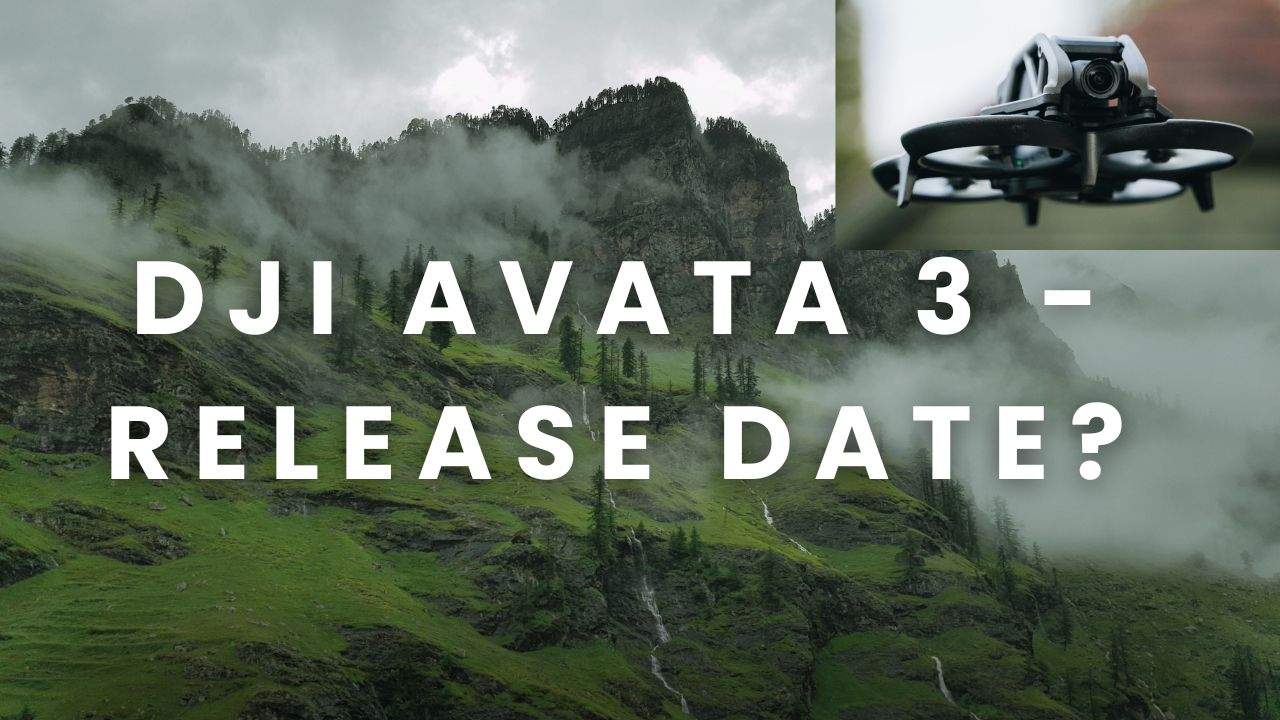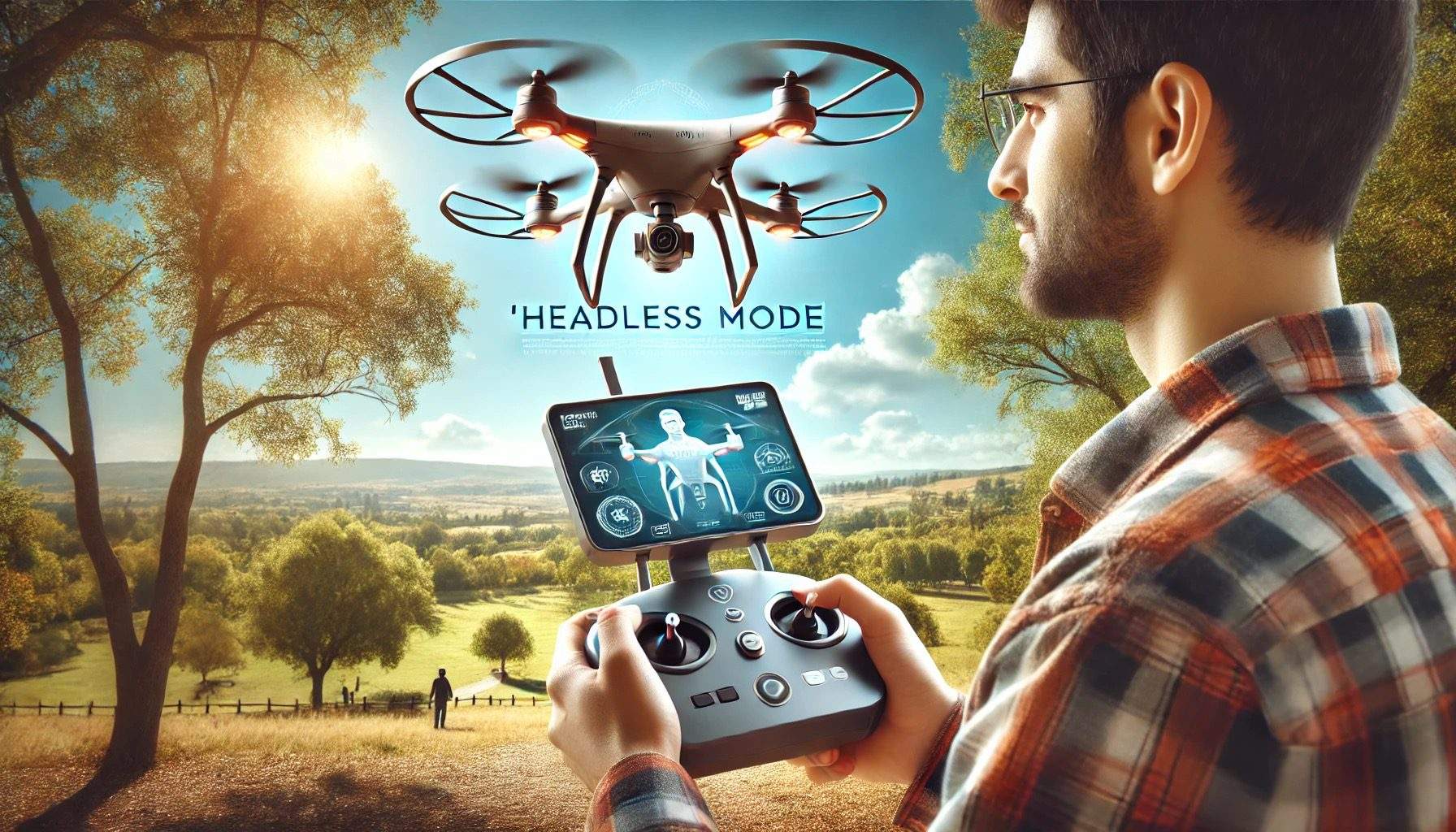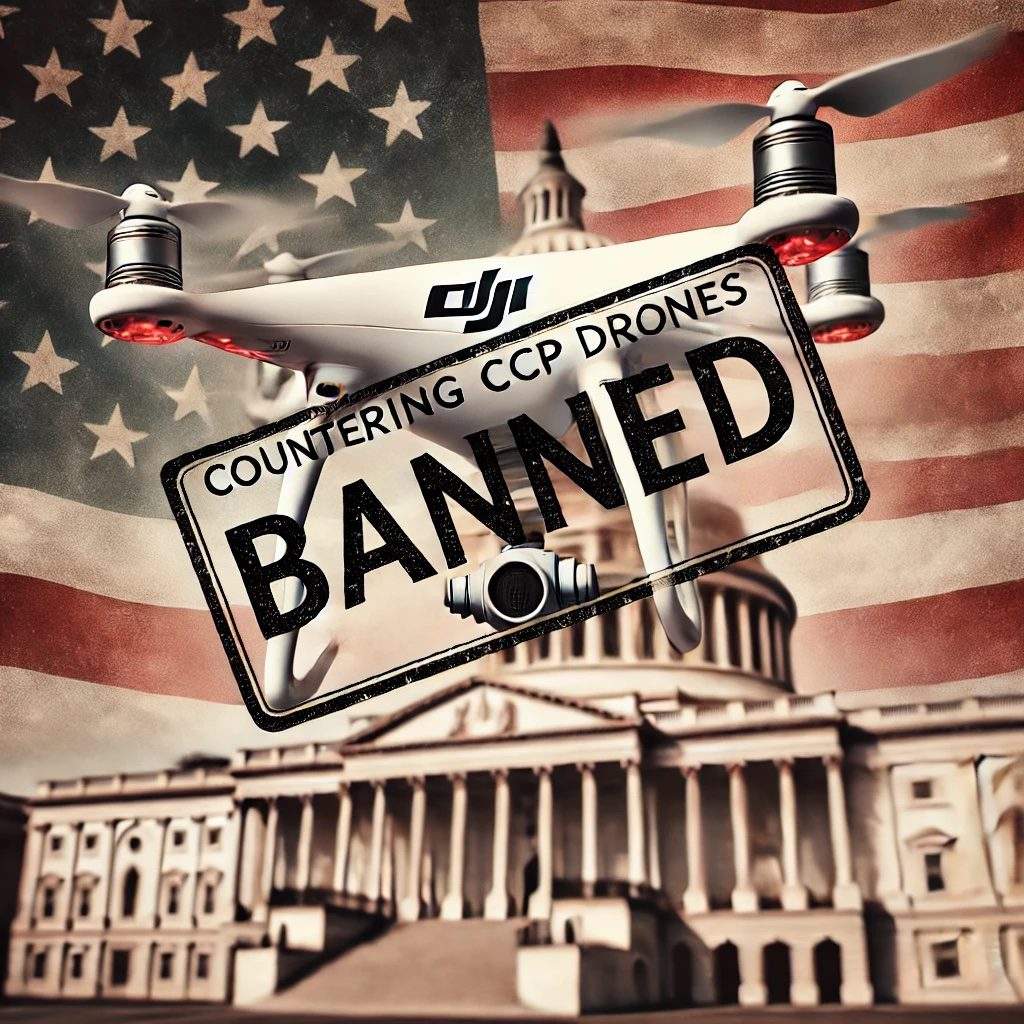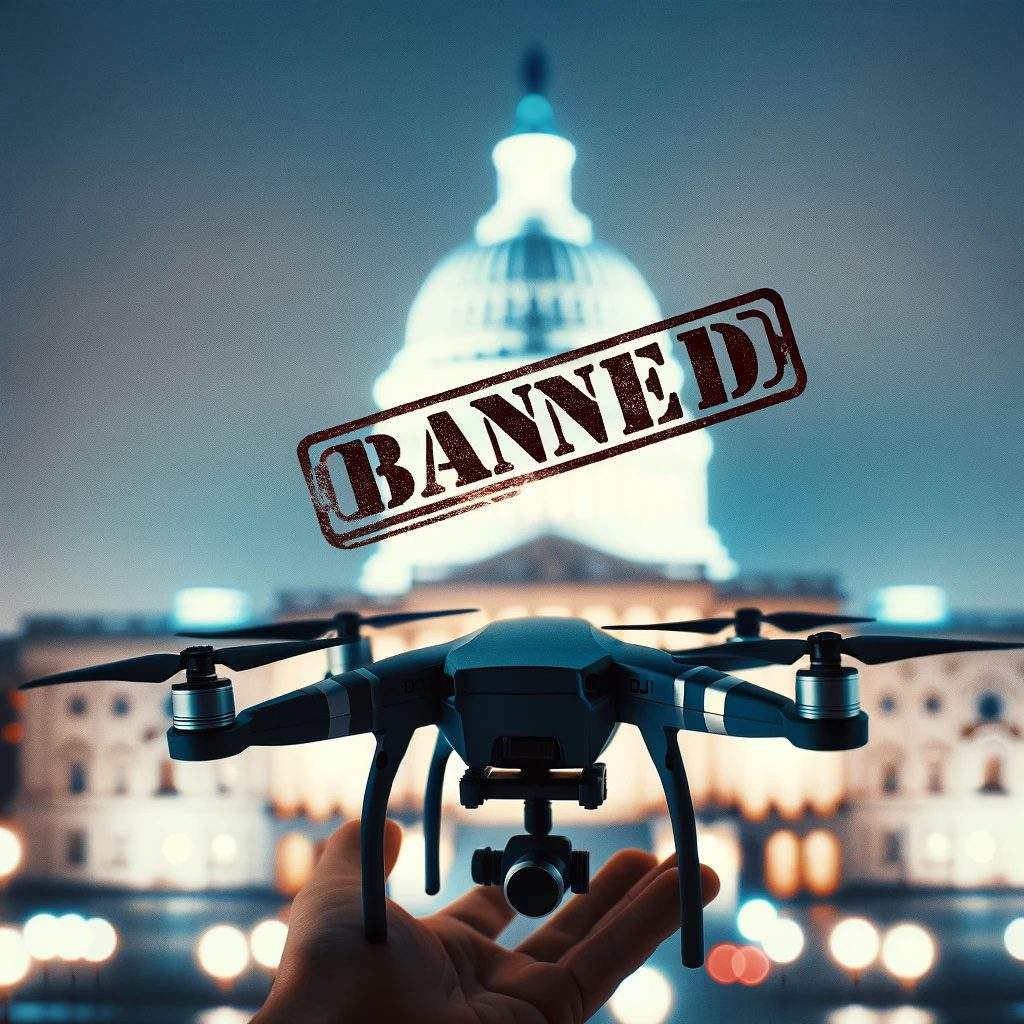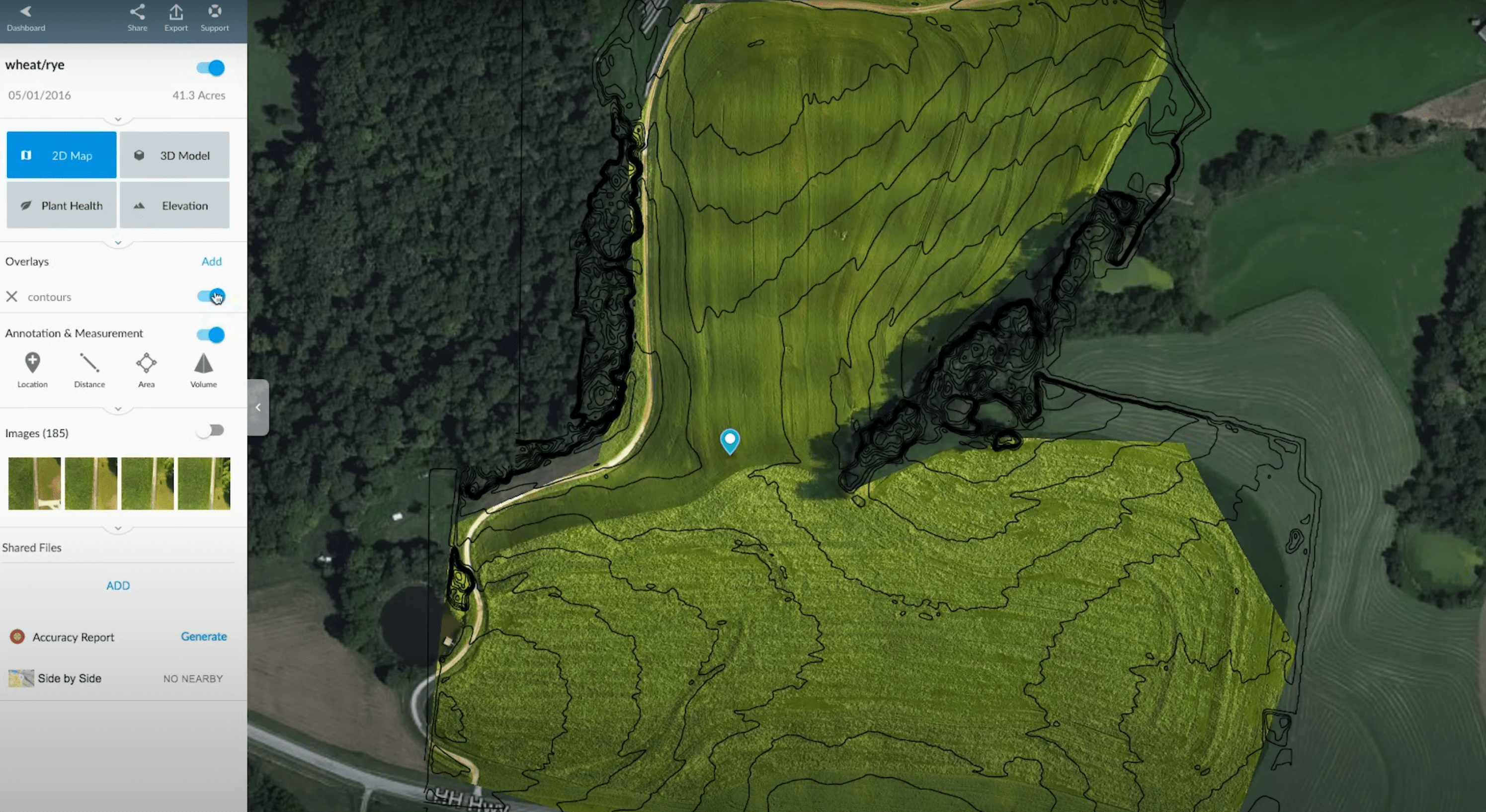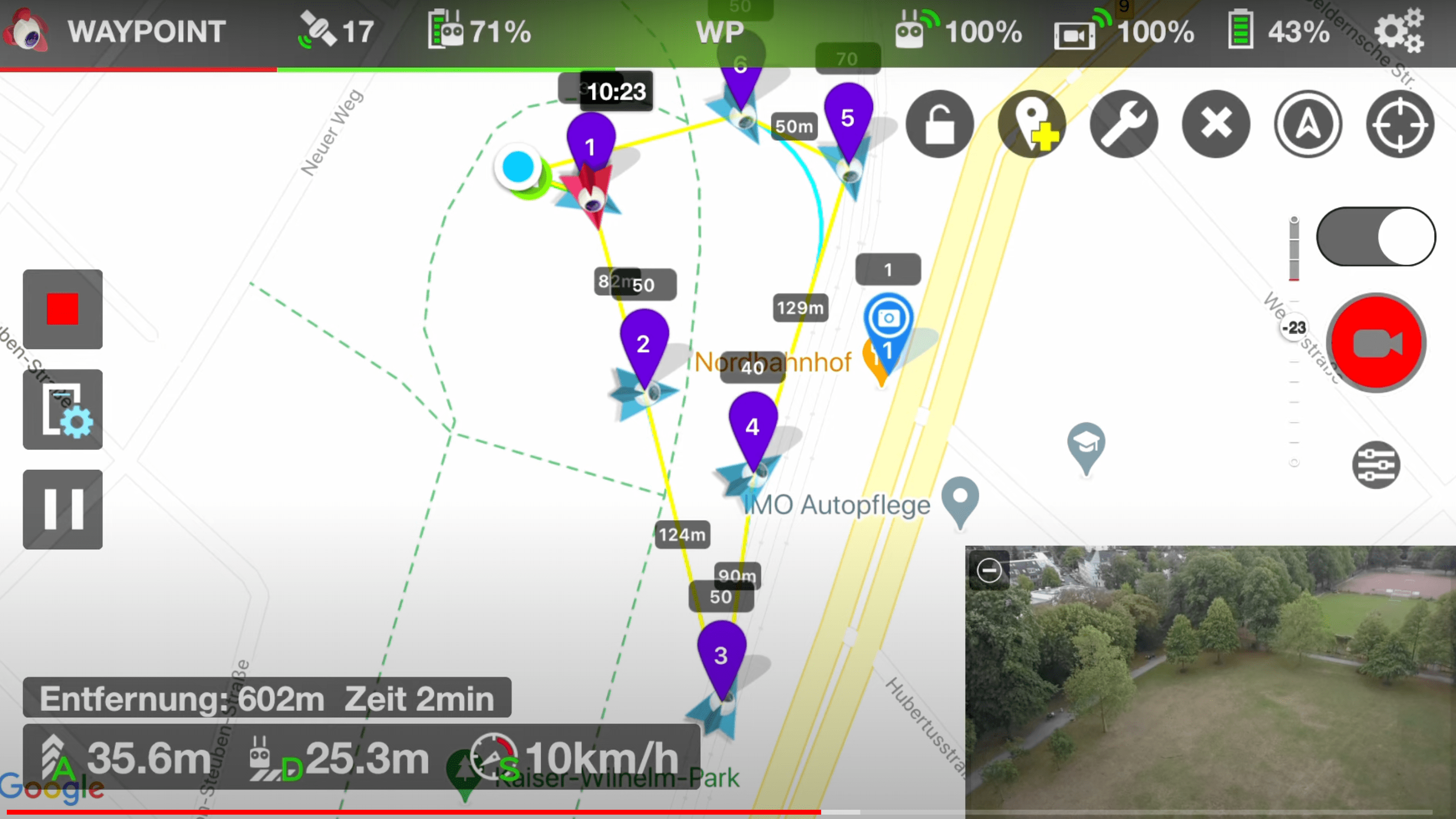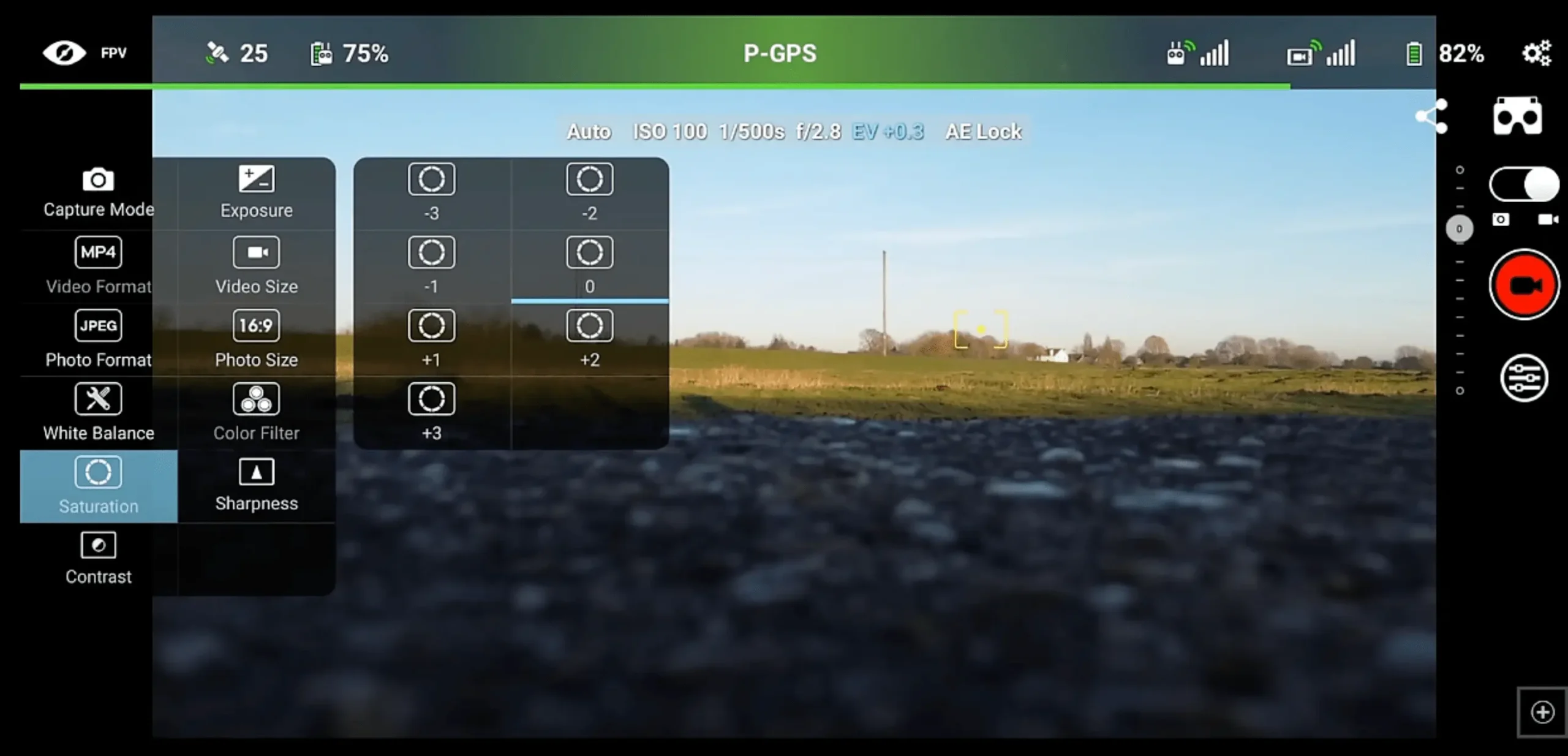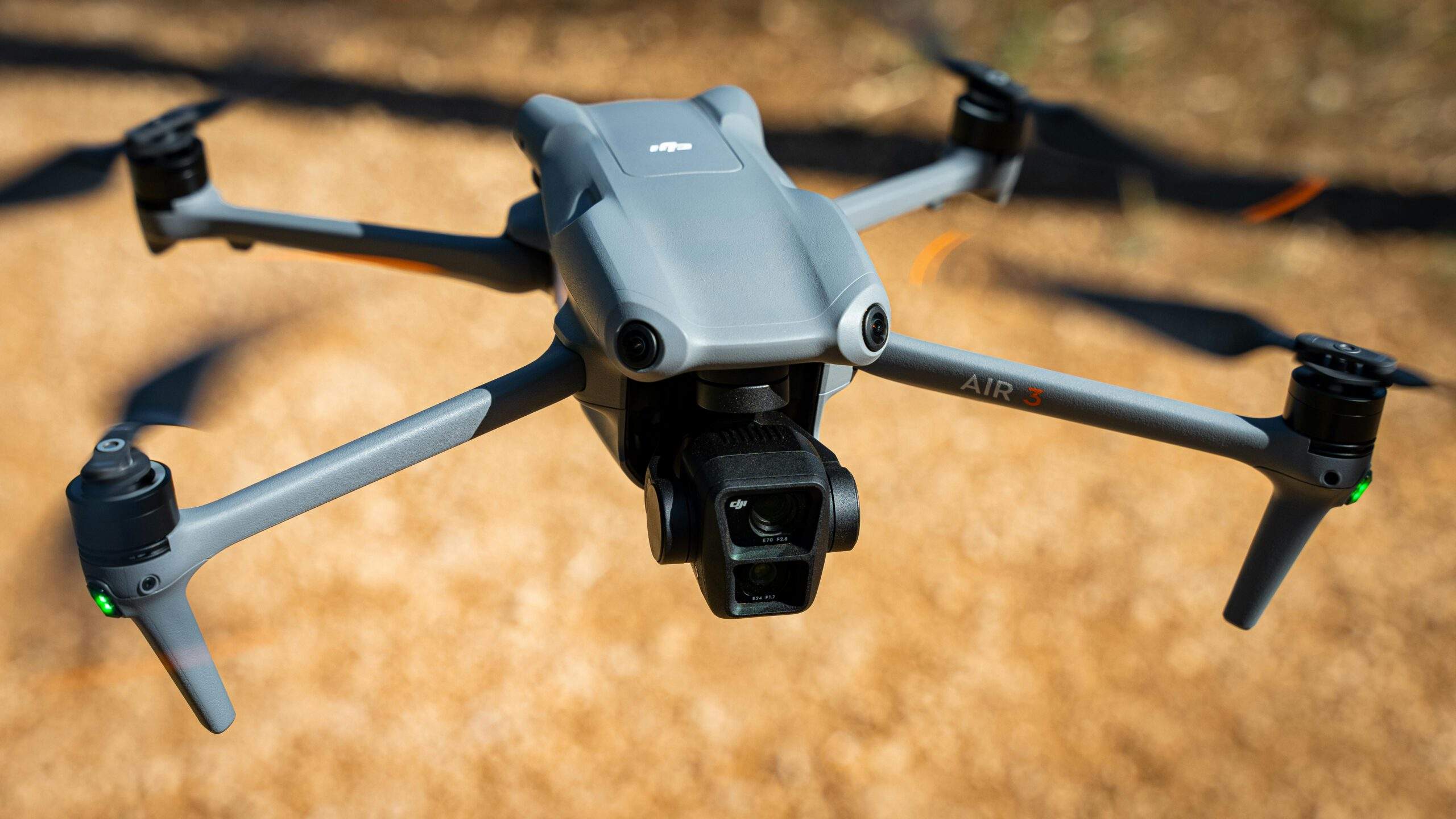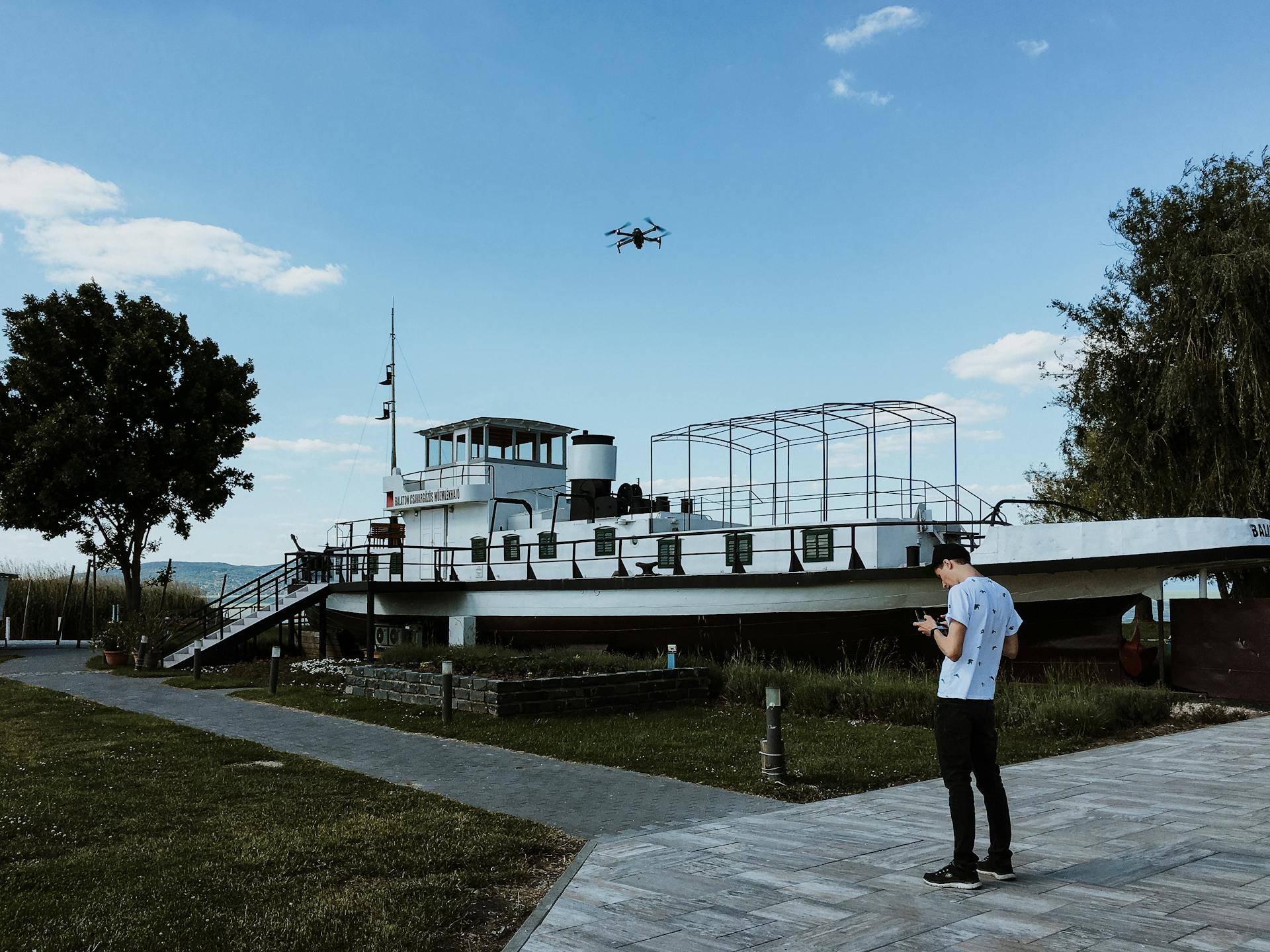In recent years, drones have soared in popularity, transforming from niche hobbyist gadgets into pivotal tools across industries ranging from filmmaking to agriculture, and even into the hands of recreational enthusiasts. As drones become increasingly embedded in our daily lives, understanding the framework of drone legislation becomes paramount for operators, policymakers, and the general public alike. This blog post delves into the key components of current drone legislation, explores how these laws vary by country or region, examines the implications for privacy and safety, differentiates between commercial and recreational drone use, and finally, looks at how drone laws have evolved over time and the emerging trends in this dynamic field.
Key Components of Current Drone Legislation
Drone legislation primarily aims to ensure airspace safety, protect privacy, and integrate drones into national airspace systems without disrupting existing aviation activities. Key components often include:
- Registration Requirements: Most countries require drones exceeding a certain weight threshold to be registered with a national aviation authority.
- Operational Limits: These can include altitude restrictions, no-fly zones around airports and sensitive areas, and rules about flying drones within visual line of sight.
- Pilot Certification: Commercial operators and, in some cases, recreational flyers must pass tests or obtain certifications to fly legally.
- Privacy Protections: Regulations may address concerns about drones capturing images or videos of individuals without consent.
Drone Laws Across the Globe
Drone laws significantly vary by country and region, reflecting differing priorities and concerns:
- United States: The Federal Aviation Administration (FAA) oversees drone regulations, emphasizing airspace safety and privacy concerns. The FAA distinguishes between recreational, commercial, and public entity operations, with each category having specific rules.
- European Union: The EU has implemented unified drone regulations across member states, focusing on the risk associated with drone operations. These laws categorize drones based on their weight and the potential risk they pose, applying corresponding operational conditions.
- China: China requires drone operators to register with the Civil Aviation Administration of China (CAAC) and has established no-fly zones in urban areas and near military installations.
Implications for Privacy and Safety
The ascent of drones raises critical privacy and safety questions. Drones equipped with cameras can inadvertently or intentionally capture private moments, leading to concerns over surveillance and data protection. From a safety perspective, drones pose risks to manned aircraft, especially when flown near airports or in restricted airspace. Legislation seeks to mitigate these risks through operational restrictions, but challenges remain, especially in enforcing these laws.
Commercial vs. Recreational Drone Use
Legislation often distinguishes between commercial and recreational drone use, with commercial operations typically subject to stricter regulations. Commercial drone operators may need to obtain special licenses, follow more stringent operational guidelines, and carry insurance. In contrast, recreational drone flying is usually less heavily regulated, though safety and privacy concerns apply equally to all operators.
Evolution and Trends in Drone Laws
Drone laws have evolved rapidly to keep pace with technological advancements and the expanding uses of drones. Initially, many countries had scant or no specific regulations, leading to a patchwork of rules that varied widely. Recently, there’s been a trend towards standardization and clarity, with countries updating their laws to address new challenges and harmonize with international standards.
Emerging trends include the integration of drones into the broader airspace management ecosystem, development of remote identification standards to track and manage drones in flight, and increased focus on privacy issues. Additionally, as drone technology advances, laws are adapting to accommodate beyond visual line of sight (BVLOS) operations and autonomous flights, heralding a new era in drone use that balances innovation with safety and privacy considerations.
Continuing our exploration into the multifaceted world of drone legislation, it’s crucial to understand the consequences of non-compliance, how laws safeguard airspace and airport security, the process for drone registration and licensing, the impact on technological innovation, and to consider some notable legal precedents. These aspects underscore the legal and regulatory environment’s role in shaping the future of drone operations.
Penalties for Violating Drone Laws
The penalties for breaching drone regulations can vary significantly from country to country and depend on the severity of the violation. Common consequences include fines, confiscation of the drone, and in severe cases, criminal charges. For instance, flying a drone in restricted airspace without permission may result in hefty fines and potentially lead to imprisonment if the action endangers manned aircraft. The intention behind these penalties is not only punitive but also deterrent, aiming to foster a culture of safety and responsibility among drone operators.
Addressing Airspace and Airport Security
Drone laws meticulously address airspace and airport security concerns through various measures:
- Establishment of No-Fly Zones: Many countries have designated areas around airports, military bases, and critical infrastructure as no-fly zones for drones.
- Remote Identification Requirements: Some jurisdictions are implementing systems that require drones to broadcast identification information, enabling authorities to monitor airspace usage and intervene if necessary.
- Altitude Restrictions: Limiting drone flights to a certain altitude (often around 400 feet or 120 meters) helps avoid conflicts with manned aircraft, which generally operate at higher altitudes.
These regulations are critical for preventing accidental collisions and ensuring that drones do not interfere with commercial aviation operations, thus maintaining both safety and security.
Guidelines for Registration and Licensing
The process for registering drones and obtaining a license varies but generally involves the following steps:
- Registration: Drone operators are required to register their drones with the national aviation authority if they exceed a certain weight. The registration process often includes providing personal details and information about the drone.
- Licensing: Commercial drone operators and, in some regions, recreational flyers must pass knowledge tests to obtain a license or certification. This process ensures operators understand airspace regulations, safety practices, and privacy considerations.
These guidelines aim to create a traceable and responsible community of drone operators who are aware of their obligations and the rules governing drone flights.
Impact on Technology and Innovation
Drone legislation has a dual impact on technology and innovation. On one hand, clear and supportive regulations can encourage innovation by providing a legal framework within which companies can develop and test new drone technologies. On the other hand, overly restrictive laws might hinder innovation by limiting the types of drones that can be developed or how they can be used. Lawmakers strive to balance these concerns, fostering an environment where technological advancements can flourish while ensuring public safety and privacy.
Notable Case Studies and Legal Precedents
Several legal cases and incidents have shaped drone legislation and highlighted the importance of regulatory compliance:
- United States vs. Pirker: This case from 2014 involved a commercial drone operator fined by the FAA for reckless flying. The settlement underscored the FAA’s authority to regulate drone operations and the importance of safe flying practices.
- Gatwick Airport Drone Incident: In December 2018, drone sightings near London’s Gatwick Airport caused significant disruptions, leading to widespread flight cancellations and delays. This incident prompted governments worldwide to reevaluate and strengthen their drone regulations, particularly around airports.
These case studies demonstrate the evolving nature of drone legislation and the ongoing efforts to balance the benefits of drone technology against the potential risks.
Conclusion
Drone laws serve as the backbone for the responsible and safe integration of drones into society. Understanding the penalties for violations, the measures in place for airspace and airport security, the registration and licensing process, and the broader impact on innovation is crucial for all stakeholders in the drone ecosystem. As technology advances and drones become even more integrated into our daily lives, it’s likely that drone legislation will continue to evolve, guided by the lessons learned from past experiences and the need to accommodate future innovations.
Disclaimer for Drone Information: The information provided on this platform regarding drones and related regulations is sourced based on my personal research and enthusiasm for the subject. While I strive to offer accurate and up-to-date information, regulations and best practices can change frequently and may vary by country, region, or even municipality. Therefore, I strongly advise all drone users and enthusiasts to consult the official regulatory websites or agencies specific to their country or region before making any decisions or taking actions related to drone usage. This will ensure that you have the most current and authoritative information available. Remember: Safe and responsible drone use always starts with being informed and compliant with the prevailing regulations.



